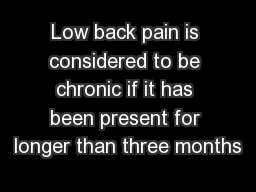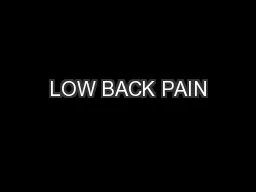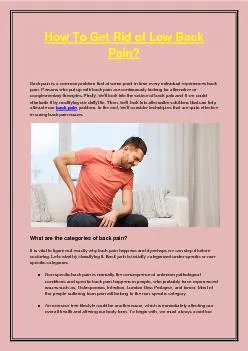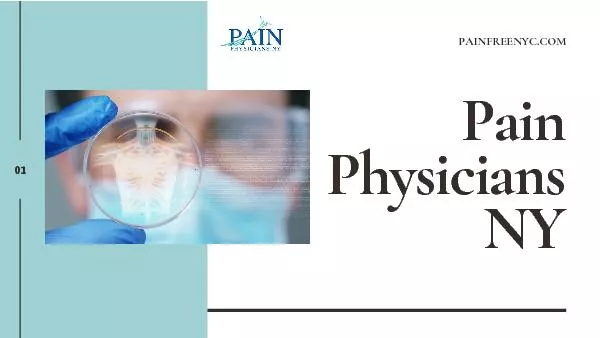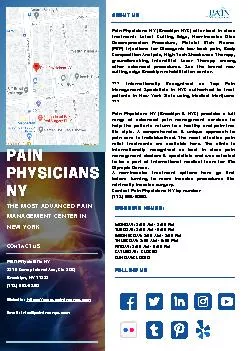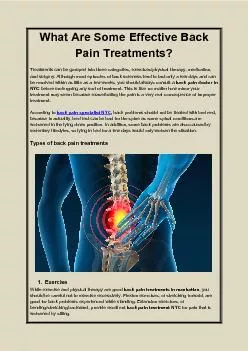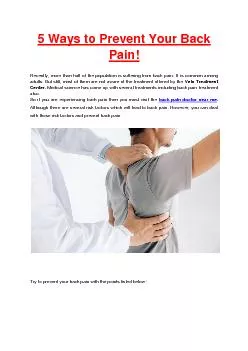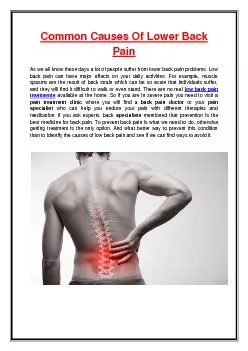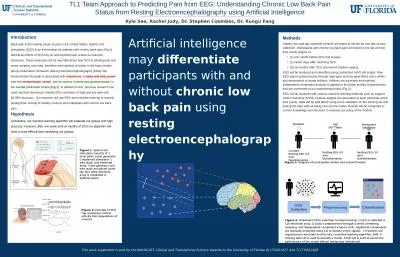PPT-Low Back Pain Jenn Littrell
Author : yoshiko-marsland | Published Date : 2020-01-12
Low Back Pain Jenn Littrell httpwwwnebraskamedcomhealthlibrary3dmedicalatlas165lowbackpain Low Back Pain Overview Definition Epidemiology Clinical Aspects Treatment
Presentation Embed Code
Download Presentation
Download Presentation The PPT/PDF document "Low Back Pain Jenn Littrell" is the property of its rightful owner. Permission is granted to download and print the materials on this website for personal, non-commercial use only, and to display it on your personal computer provided you do not modify the materials and that you retain all copyright notices contained in the materials. By downloading content from our website, you accept the terms of this agreement.
Low Back Pain Jenn Littrell: Transcript
Download Rules Of Document
"Low Back Pain Jenn Littrell"The content belongs to its owner. You may download and print it for personal use, without modification, and keep all copyright notices. By downloading, you agree to these terms.
Related Documents


